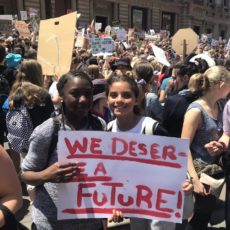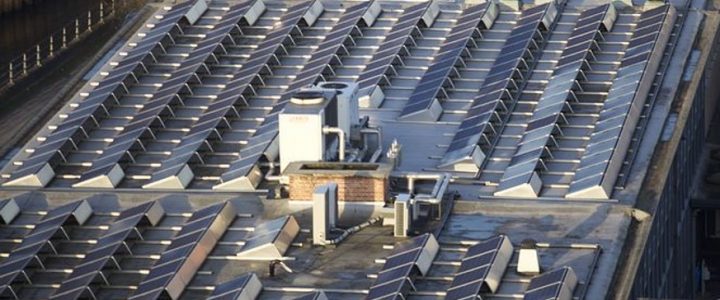
With the climate changing around us, from flash floods, intense storms, colder winters, it seems dramatic action is needed to help stop it from getting worse. The State of New York is rising to the global challenge. Governor Andrew Cuomo and the NY legislature reached an agreement last month to nearly eliminate greenhouse gas emissions by 2050. This aggressive plan, called the Climate Leadership and Community Protection Act would require the state to switch to 70% renewable energy sources by 2030 and help remove carbon dioxide from the atmosphere by planting trees. By 2050 emissions are required to be 85% below 1995 levels. If the state lives up to this ambitious act, it could achieve the Gold Standard of sustainability, a Net-Zero economy.
While switching over to renewable sources and removing carbon will drastically help fight climate change, many of the big polluters are harder to tackle, like buildings.
Manhattan alone has over 60,000 buildings and the whole of New York City has well over 1 million. According to a 2017 report buildings are responsible for almost 67% of emissions. Which Mayor Bill de Blasio called “our number one problem here in New York City”. So The Big Apple is taking on the challenge of climate change too. Early this summer the city council passed a law to reduce emissions by 40% by 2030 and ramp up to an 80% cut by 2050.
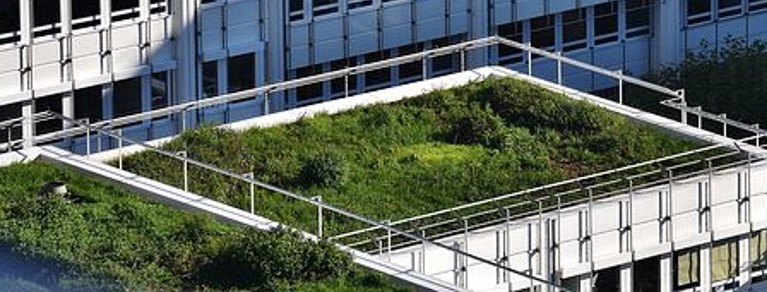
In order to reach these impressive goals, the law stipulates that new buildings have to install solar panels or green roofs. Green roofs are like live gardens on top of a building. It’s a natural way to collect rainwater, reduce the Urban Heat Island (UHI) effect, and improve air quality. Older buildings will have to be retrofit with higher efficiency heating and cooling systems. Some are exempt from the new law such as rent-stabilized and religious buildings. If building owners and landlords don’t make the cuts, they face fines of $268 for every excess ton of carbon. Which could add up to millions of dollars worth of fines every year.
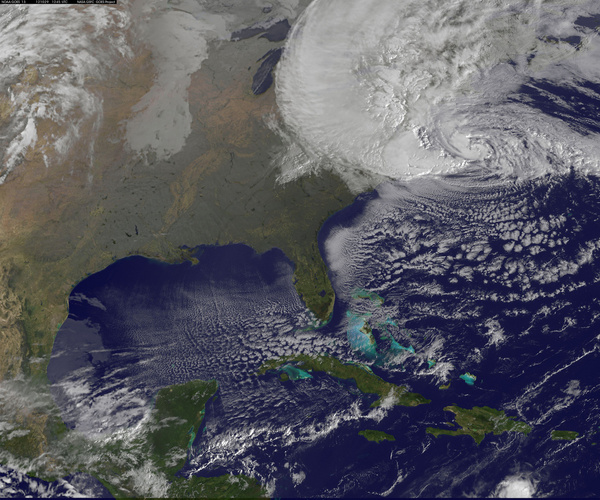
While cutting carbon emissions is one way to fight climate change, another threat comes from the sea. Rising sea levels are expected to cause daily flooding in lower Manhattan by the end of the century and storm surges could be here sooner, by 2050. Those once-in-500-years floods like after Hurricane Sandy (pictured here via satellite) would happen as often as every 5 years. So this spring Mayor de Blasio put out a plan to waterproof lower Manhattan.
The plan includes measures like a small raised barrier made of dirt and grass in parks around the edges of Manhattan and other kinds of barriers that can be put in place when a storm is approaching. But to really keep Manhattan above water, the city needs to move heaven and earth. And it plans on moving a lot of earth. A literal extension of the city will be built into the East River, up two blocks in length. This extension will be slightly higher than Manhattan, protecting it like a giant dam around the peninsula. The costs could be as high as $10 billion dollars but the costs of not protecting the city are much higher.
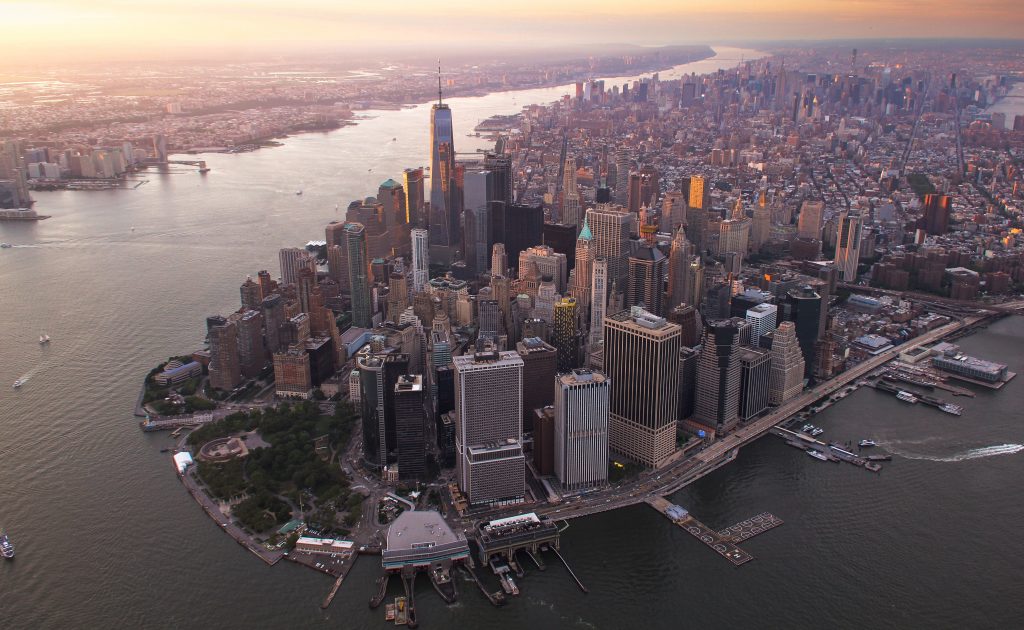
The fight against climate change is an all hands on deck approach with multiple points of attack.
With New York leading the charge, these plans will encourage more investment into the renewable economy making it cheaper and more common. A bold plan like extending the land around Manhattan could be a model for other cities to follow in the future. California already has its own Green New Deal and other coastal cities like Boston are adding seawalls and barriers to keep the city from flooding. But it won’t just be coastal cities facing climate change, it’s the whole country and the world at large. Let’s just hope the federal government steps up to the challenge as well.


